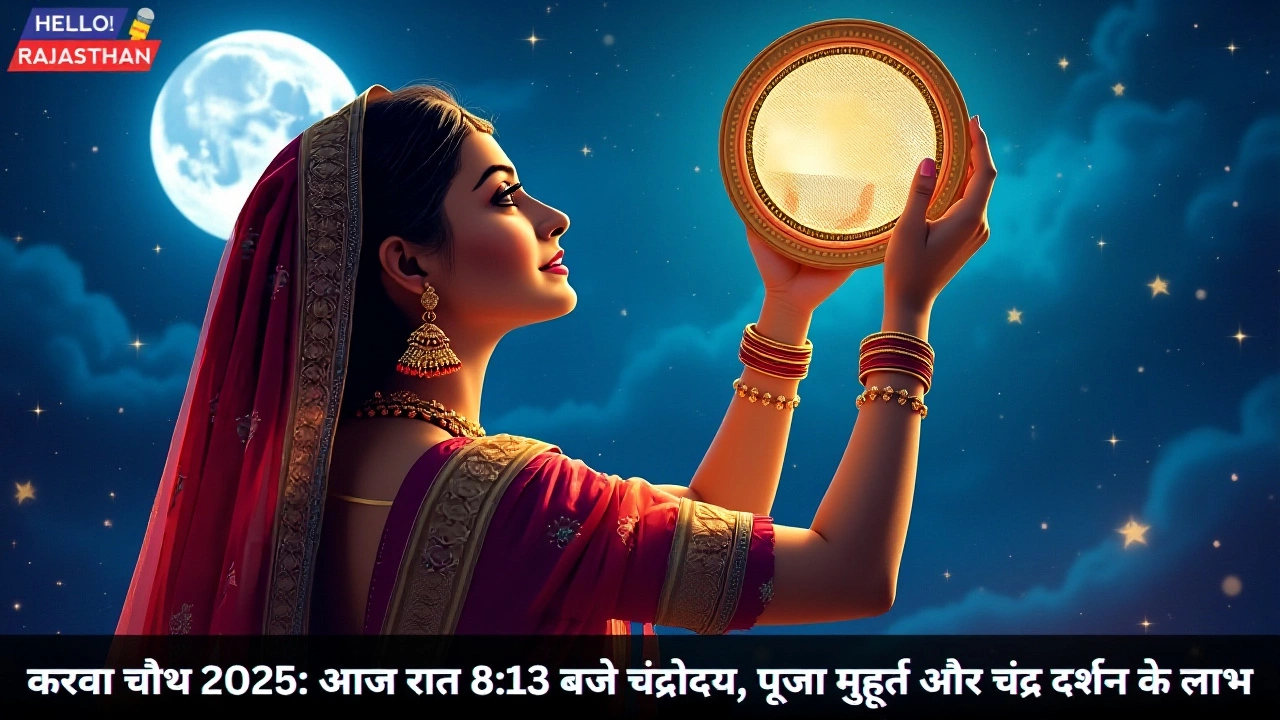Karwa Chauth: Understanding the Cultural Festival
When celebrating Karwa Chauth, a traditional Hindu festival observed primarily by married women in North India where they fast for the longevity and well-being of their husbands. Also known as Karak Chaturthi, this annual event takes place on the fourth day after the full moon in the month of Kartik (October/November) and involves rituals like moon sighting and breaking the fast with husband's offerings. The festival has deep cultural roots and continues to be widely practiced across India, though its significance and observance vary by region.
Central to this tradition is the fasting ritual, where women abstain from food and water from sunrise until they spot the moon in the evening. Women typically wake before dawn to eat a pre-sunrise meal called "sargi" that's often prepared by their mother-in-law. The day is spent performing various prayers and rituals, with the most significant moment coming when women gather to view the moon through sieves before breaking their fast. This moon sighting, a key ritual where women use sieves or mesh to view the moon before accepting water from their husbands. The practice symbolizes the patience and devotion required in married life, with the moon representing purity and longevity.
While traditionally observed by married women, modern interpretations have evolved significantly. Many couples now choose to participate together as a symbol of mutual commitment rather than one-sided devotion. The festival's commercialization has also changed how it's celebrated, with specialKarwa Chauth-themed products, clothing, and even social media campaigns. Some critics argue that the ritual reinforces gender stereotypes, while supporters maintain it's a meaningful cultural practice that women choose to observe voluntarily. The festival varies across regions - in some areas, unmarried women also observe the fast for their future spouses, while in others, the tradition has been adapted to include more inclusive interpretations that respect women's autonomy.
What's interesting is how this centuries-old tradition has adapted to contemporary life. Many women now coordinate their fasts through WhatsApp groups, sharing photos of their preparations and rituals. The sargi meal has become a social media trend, with elaborate presentations going viral each year. While the core religious significance remains for many, others have reinterpreted the festival as a celebration of marital love and commitment rather than strict religious observance. This evolution reflects how cultural practices transform while maintaining their emotional resonance in modern society.
Though Karwa Chauth represents one aspect of Indian cultural traditions, the content below covers various current events and topics across India that may interest those learning about our diverse cultural landscape. Explore these stories to gain a broader perspective on the many facets of life in India today.

Karwa Chauth 2025: City‑Specific Puja Muhurat & Moonrise Times Revealed
Karwa Chauth 2025 saw married women fast from sunrise to moonrise across India, with city‑specific puja muhurats and moonrise times guiding the ritual.